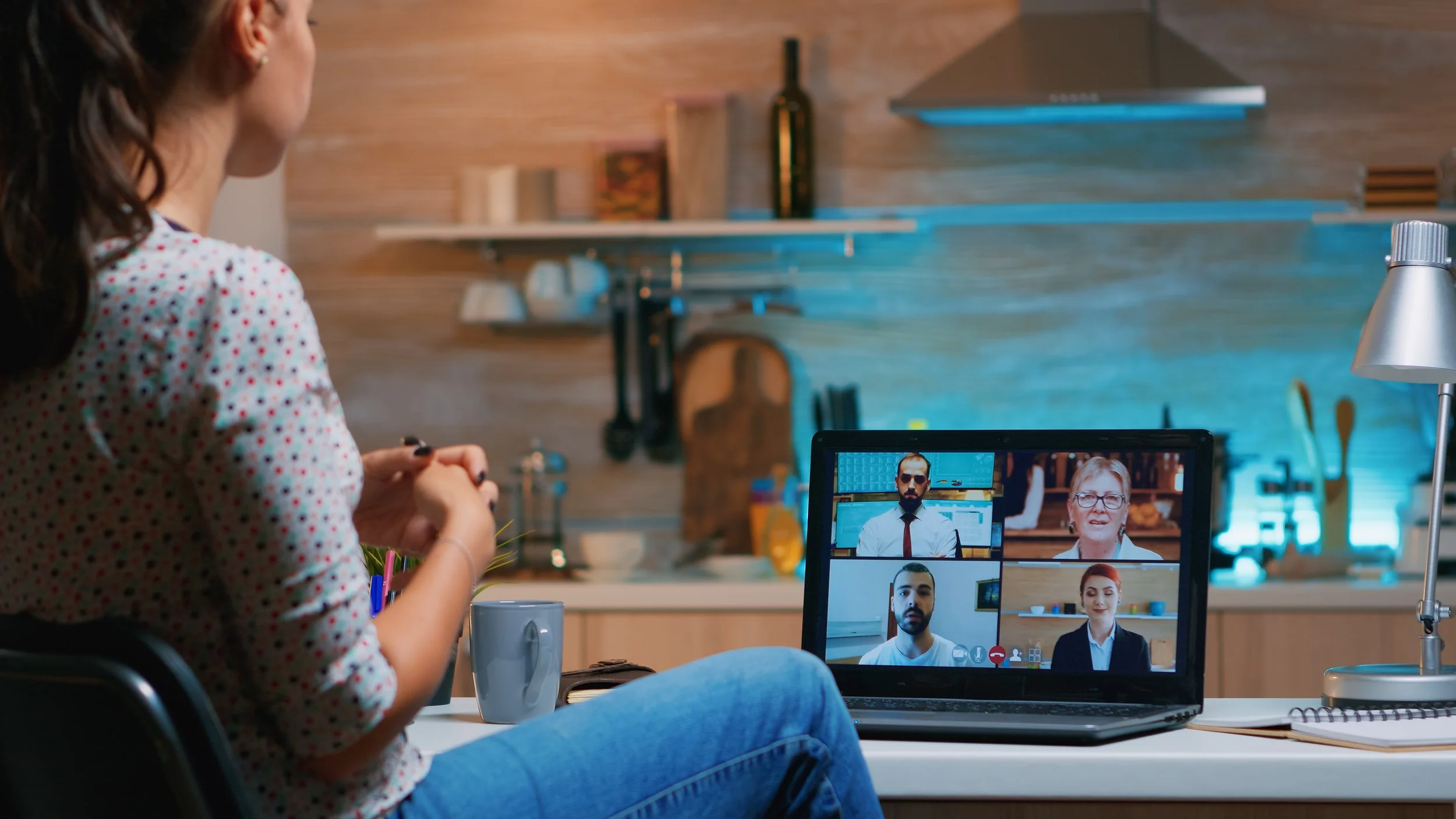What I Learned About Caring For Someone with Sickle Cell Disease
By Howard Woolley
When I was the closing speaker at the celebration of life for my wife Gail Campbell Woolley at a hotel, steps away from the White House, I said that through good times and bad I always wanted to be the same person she “selected” to be her life partner when we first met as students at Syracuse University. I went on to say that no matter what life brought to her via sickle cell disease she was always the same person I fell in love with and married.
I meant what I said and after 34 years of marriage during the last three years of her life when the collateral damage of this rare blood disease had taken its toll in the form of multiple orthopedic surgeries, an amputation, and pulmonary hypertension, I always made it a point to look past those things to the essence of who Gail was to me. One of the ironies of life is that in retrospect our first 31 of our 34 years together, even with the hospital visits and struggling to explain Gail’s disease to medical professionals in cities around the world along the way, I found that, in a comparative sense only, those were the easier years. The last three years proved to be the most difficult. During those years, Gail had to face the realization of pulmonary hypertension and a below-the-knee amputation. The impact this had and the limits it put on her quality of life and her indomitable spirit cannot be put into words.
As I reflect, I can share a few important things about being a care partner through all of our years together:
Enjoy life to its fullest. Everyone can define this for themselves in whatever way they wish. During the better times, and there were many, we enjoyed life to its fullest. And then, we learned to manage the harder times with grace the very best we could. In our case, Gail pushed us to travel the globe, meeting people from all walks of life, and taking part in activities that we could not have fully imagined.
Do the things that bring joy. Nothing is too small to bring a moment of contentment and joy. Life is about time and using that time to do the things you enjoy. Gail liked to write, read romance novels, tend to her plants and garden, and so much more. As she described in her memoir SOAR Gail could be blunt, direct, and to the point because, for her, time was of the essence.
As the caregiver/care partner do things that raise your spirits. It is helpful for a person with a rare disease and equally as important for their care partner/caregiver to take time for themselves. I had a sports weekend that I participated in for many years. During the last year of Gail’s life, I stayed by her side and was fully prepared to forego the weekend getaway. I learned that Gail had asked a family friend to stay with her so I could have that time with my friends to laugh, tell stories, and recharge.
Click here to learn more about Gail’s story, or read her memoir which is now available on Amazon.
Howard Woolley is a sickle cell disease philanthropist and advocate. He is a consultant to leading technology companies and a former telecommunications executive.
































